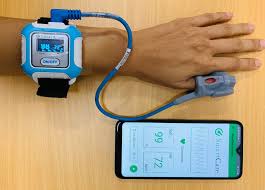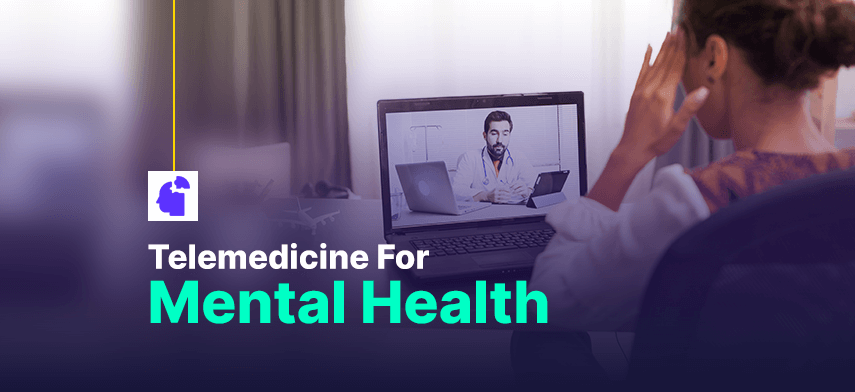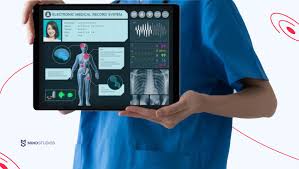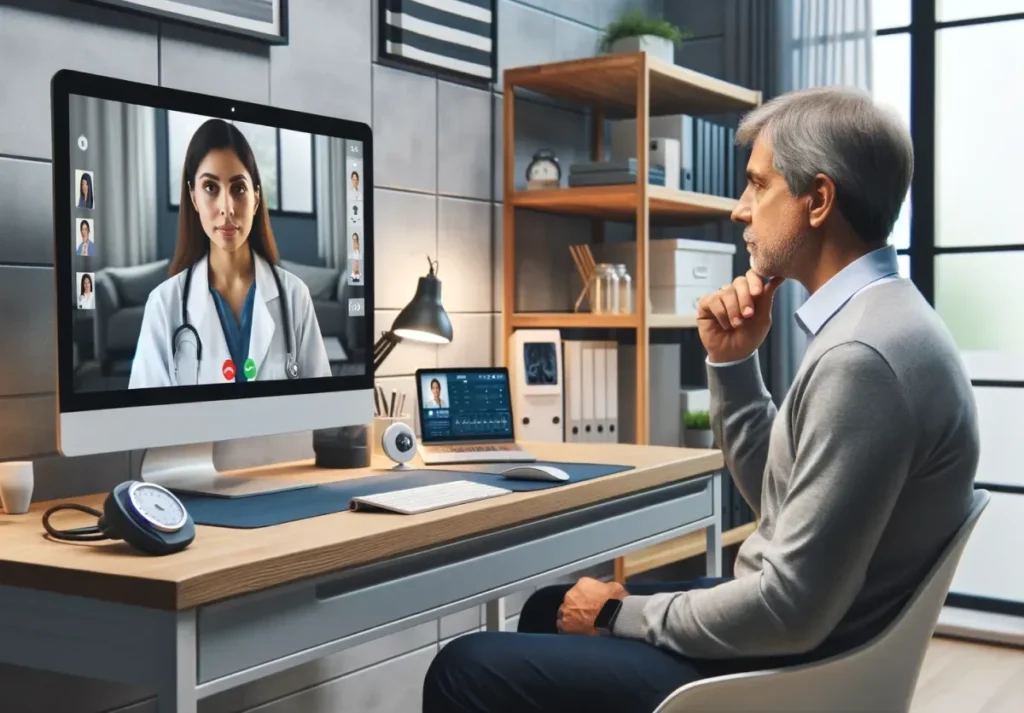Meta Description: Discover the top 10 emerging trends in telemedicine across the USA, UK, Canada, and India.
Learn how technology is transforming healthcare delivery and improving patient outcomes.
Introduction
Telemedicine has revolutionized the way healthcare is delivered, making it more accessible, efficient, and patient-centric.
With advancements in technology and the increasing demand for remote healthcare services, telemedicine is no longer a futuristic concept—it’s a present-day reality.
This article explores the 10 emerging trends in telemedicine across the USA, UK, Canada, and India, highlighting how these innovations are shaping the future of healthcare.
Whether you’re a healthcare professional, a patient, or simply curious about the latest in medical technology, this guide will provide valuable insights into the rapidly evolving world of telemedicine.
1. Artificial Intelligence (AI) and Machine Learning in Telemedicine

Artificial Intelligence (AI) and Machine Learning (ML) are at the forefront of telemedicine innovation.
These technologies are being used to:
- Enhance diagnostic accuracy: AI-powered tools can analyze medical images, detect anomalies, and provide real-time insights to healthcare providers.
- Personalize treatment plans: Machine learning algorithms analyze patient data to recommend tailored treatment options.
- Streamline administrative tasks: AI chatbots handle appointment scheduling, patient inquiries, and follow-ups, reducing the burden on healthcare staff.
For example, in the USA, platforms like IBM Watson Health are leveraging AI to improve cancer care, while in India, startups like Niramai are using AI for early detection of breast cancer.
2. Wearable Technology and Remote Patient Monitoring

Wearable devices such as smartwatches, fitness trackers, and biosensors are transforming how patients and doctors interact.
These devices enable:
- Continuous health monitoring: Track vital signs like heart rate, blood pressure, and glucose levels in real-time.
- Early detection of health issues: Alert healthcare providers to potential problems before they escalate.
- Improved chronic disease management: Patients with conditions like diabetes or hypertension can receive personalized care without frequent hospital visits.
In the UK, the National Health Service (NHS) is piloting wearable technology to monitor patients with chronic illnesses, while in Canada, companies like Medtronic are integrating wearables into telemedicine platforms.
3. Virtual Reality (VR) and Augmented Reality (AR) in Healthcare

Virtual Reality (VR) and Augmented Reality (AR) are no longer limited to gaming—they’re making waves in telemedicine. Applications include:
- Medical training: VR simulations allow healthcare professionals to practice surgeries and procedures in a risk-free environment.
- Pain management: VR therapy is being used to distract patients during painful treatments or recovery.
- Remote consultations: AR enables doctors to visualize and explain medical conditions to patients in real-time.
In India, startups like MedisimVR are using VR for medical training, while in the USA, companies like AppliedVR are pioneering VR-based pain management solutions.
4. 5G Connectivity and Its Impact on Telemedicine

The rollout of 5G networks is set to revolutionize telemedicine by providing:
- Faster data transmission: High-speed connectivity enables seamless video consultations and real-time data sharing.
- Improved remote surgeries: Surgeons can perform procedures remotely with minimal latency.
- Enhanced IoT integration: 5G supports the growing ecosystem of connected medical devices.
Countries like the USA and Canada are leading the way in adopting 5G for telemedicine, while the UK and India are rapidly catching up.
5. Telepsychiatry and Mental Health Services

The demand for mental health services has surged, and telepsychiatry is meeting this need by:
- Increasing accessibility: Patients in remote areas can access mental health care without traveling.
- Reducing stigma: Telepsychiatry offers a private and comfortable environment for therapy sessions.
- Providing timely interventions: Real-time consultations help address mental health crises promptly.
In the USA, platforms like Talkspace and BetterHelp are popular for online therapy, while in India, Wysa is using AI to provide mental health support.
6. Blockchain for Secure Health Data Management

Blockchain technology is addressing one of the biggest challenges in telemedicine—data security. Benefits include:
- Secure data sharing: Patients can share their medical records with providers without compromising privacy.
- Transparent transactions: Blockchain ensures transparency in billing and insurance claims.
- Decentralized storage: Medical data is stored across multiple nodes, reducing the risk of breaches.
In Canada, companies like Prescrypt are using blockchain for secure prescription management, while in the UK, the NHS is exploring blockchain for patient data security.
7. Telemedicine for Rural and Underserved Areas

Telemedicine is bridging the healthcare gap in rural and underserved regions by:
- Providing specialist care: Patients can consult with specialists without traveling long distances.
- Reducing healthcare costs: Telemedicine eliminates the need for expensive infrastructure.
- Improving health outcomes: Timely access to care leads to better patient outcomes.
In India, the eSanjeevani platform has connected millions of rural patients with doctors, while in Australia, the Royal Flying Doctor Service uses telemedicine to reach remote communities.
8. Integration of Telemedicine with Electronic Health Records (EHRs)

The integration of telemedicine platforms with Electronic Health Records (EHRs) is streamlining healthcare delivery by:
- Centralizing patient data: Doctors can access comprehensive patient histories during consultations.
- Improving care coordination: Multiple providers can collaborate more effectively.
- Enhancing patient engagement: Patients can view their records and track their health progress.
In the USA, platforms like Epic and Cerner are leading the way in EHR-telemedicine integration.
9. Telemedicine Regulations and Reimbursement Policies

Governments and insurance providers are adapting to the rise of telemedicine by:
- Updating regulations: Ensuring telemedicine practices comply with medical standards.
- Expanding reimbursement policies: Covering telemedicine services under insurance plans.
- Promoting adoption: Encouraging healthcare providers to adopt telemedicine technologies.
For example, the USA’s Centers for Medicare & Medicaid Services (CMS) has expanded telehealth coverage, while the UK’s NHS is investing in telemedicine infrastructure.
10. Global Collaboration and Cross-Border Telemedicine

Telemedicine is breaking down geographical barriers, enabling:
- Cross-border consultations: Patients can seek second opinions from international specialists.
- Global health initiatives: Collaborative efforts to address global health challenges.
- Knowledge sharing: Healthcare providers can learn from best practices worldwide.
In Canada, the Ontario Telemedicine Network (OTN) facilitates cross-border consultations, while in India, platforms like Practo connect patients with global experts.
Table: Key Telemedicine Trends and Their Impact
| Trend | Key Benefits | Examples |
|---|---|---|
| AI and Machine Learning | Enhanced diagnostics, personalized treatment, streamlined admin tasks | IBM Watson Health, Niramai |
| Wearable Technology | Continuous monitoring, early detection, chronic disease management | NHS pilots, Medtronic |
| VR and AR | Medical training, pain management, remote consultations | MedisimVR, AppliedVR |
| 5G Connectivity | Faster data transmission, remote surgeries, IoT integration | USA and Canada 5G networks |
| Telepsychiatry | Increased accessibility, reduced stigma, timely interventions | Talkspace, Wysa |
| Blockchain | Secure data sharing, transparent transactions, decentralized storage | Prescrypt, NHS blockchain initiatives |
| Rural Telemedicine | Specialist care, reduced costs, improved outcomes | eSanjeevani, Royal Flying Doctor Service |
| EHR Integration | Centralized data, improved care coordination, enhanced patient engagement | Epic, Cerner |
| Regulations and Reimbursement | Updated standards, expanded coverage, increased adoption | CMS, NHS |
| Global Collaboration | Cross-border consultations, global health initiatives, knowledge sharing | OTN, Practo |
FAQs
1. What is telemedicine?
Telemedicine refers to the use of technology to provide healthcare services remotely.
It includes video consultations, remote monitoring, and digital communication between patients and providers.
2. How does AI improve telemedicine?
AI enhances telemedicine by improving diagnostic accuracy, personalizing treatment plans, and automating administrative tasks.
3. Is telemedicine secure?
Yes, telemedicine platforms use encryption and blockchain technology to ensure patient data is secure and private.
4. Can telemedicine replace in-person visits?
While telemedicine is highly effective for many conditions, some cases still require in-person visits for physical examinations or procedures.
5. How is telemedicine regulated?
Telemedicine is regulated by government bodies and medical boards to ensure compliance with healthcare standards and patient safety.
6. What are the benefits of wearable technology in telemedicine?
Wearable devices enable continuous health monitoring, early detection of issues, and better management of chronic diseases.
7. How does 5G impact telemedicine?
5G provides faster data transmission, enabling seamless video consultations, remote surgeries, and integration with IoT devices.
Conclusion
Telemedicine is transforming healthcare delivery across the globe, making it more accessible, efficient, and patient-centric.
From AI-powered diagnostics to wearable technology and 5G connectivity, the 10 emerging trends in telemedicine highlighted in this article are shaping the future of healthcare in the USA, UK, Canada, and India.
As these innovations continue to evolve, they promise to improve health outcomes, reduce costs, and bridge the gap between patients and providers.
If you found this article informative, share it with your network and join the conversation about the future of telemedicine.
Have questions or thoughts? Leave a comment below or explore our related content for more insights!
SEO Elements:
- Primary Keyword: Emerging Trends in Telemedicine
- Secondary Keywords: Telemedicine in USA, Telemedicine in India, AI in Telemedicine
- Alt Text for Images: “Doctor using telemedicine platform for remote consultation”
- Internal Linking: Link to related articles on healthcare technology and digital health trends.
- External Linking: Link to authoritative sources like WHO, NHS, and peer-reviewed journals.
This article is designed to be visually appealing, user-friendly, and optimized for search engines, ensuring it ranks well and provides value to readers.
